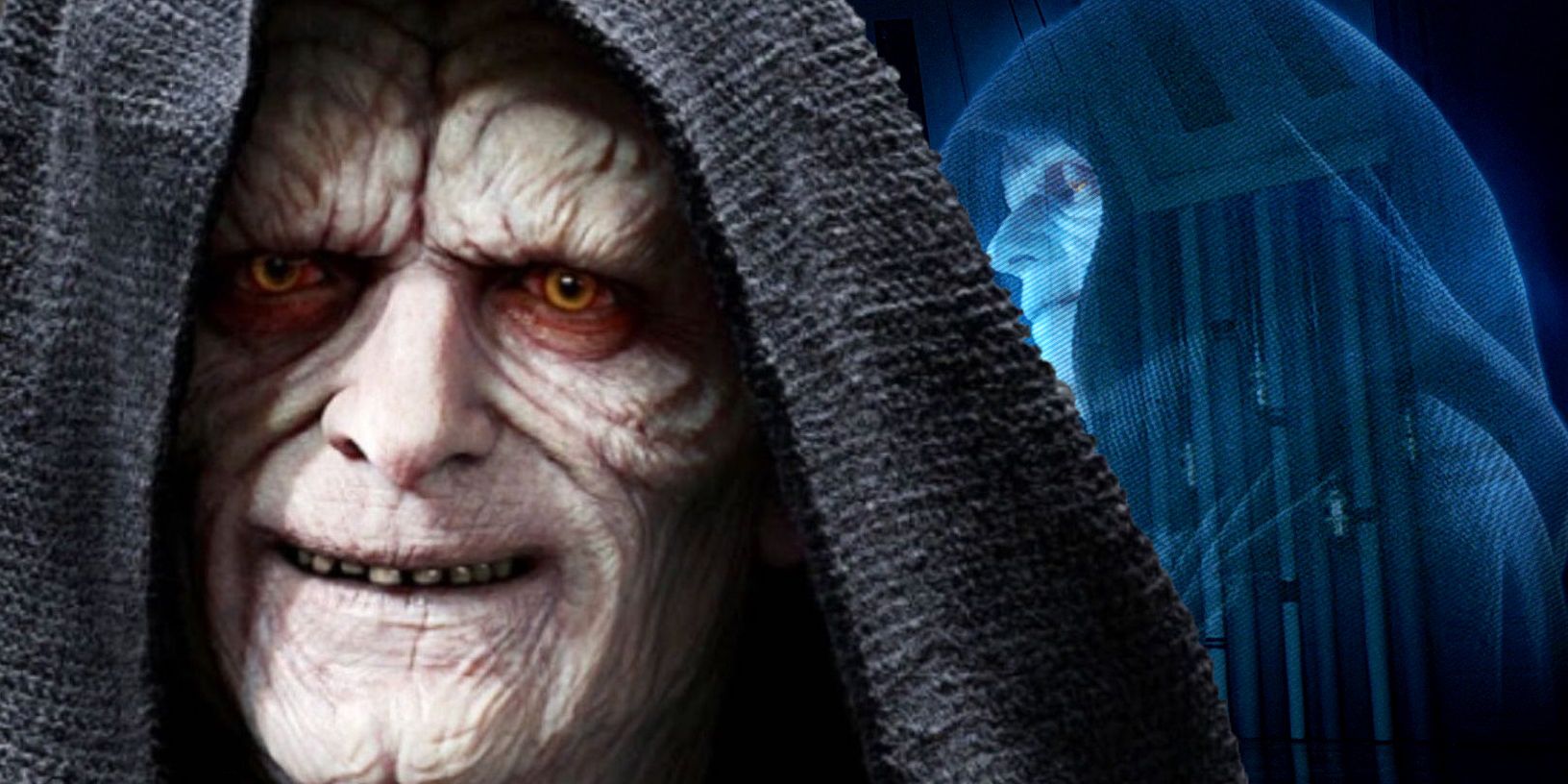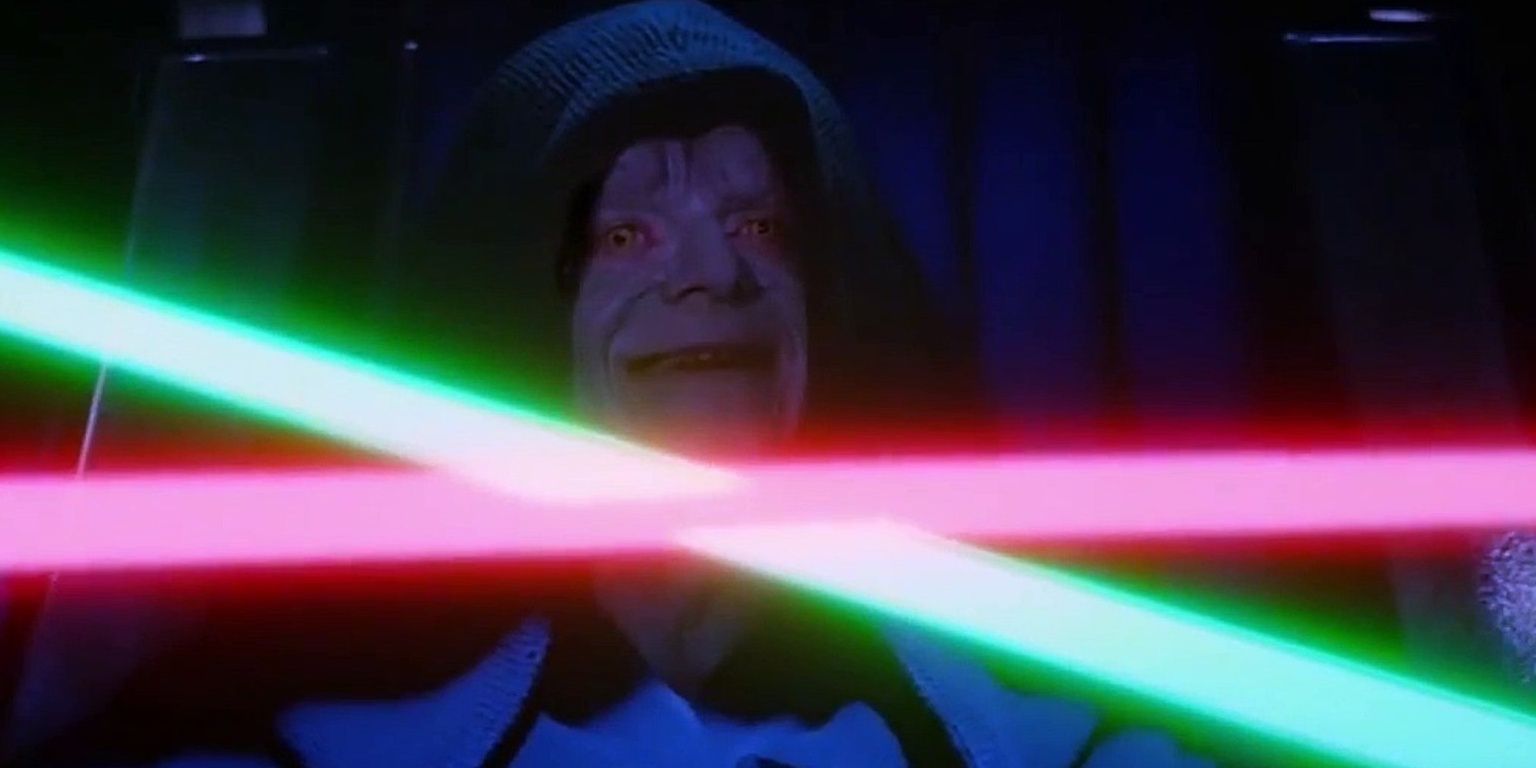Ian McDiarmid's return to the role of Emperor Palpatine in Star Wars: The Rise of Skywalker makes him one of the few actors to appear in all three Star Wars trilogies, but he was not the first person to play Darth Sidious. In the central Skywalker Saga, the conflict is generally driven by the protagonists' desire to defeat agents of the dark side of the Force, whether under the mantle of the Separatists, the Empire, or the First Order. Although he is rarely conspicuous, Palpatine has orchestrated all three of these organizations to some degree and could well be regarded as the primary antagonist of the entire series.
Palpatine's villainous motives remain relatively consistent, but his depiction shifts to reflect the overall concerns of each individual trilogy. His appearance as a revived clone of his former self in The Rise of Skywalker is a manifestation of the sequel trilogy's preoccupation with the past and legacy. In the bureaucracy of the prequels, he plays the political game, pulling strings from the shadows. And the original trilogy, with its more elemental perspective of good versus evil, was the backdrop for Palpatine's most sinister and commanding appearances.
When Palpatine first appeared before Darth Vader as a hologram in The Empire Strikes Back, he was voiced by Clive Revill and physically portrayed by Marjorie Eaton with superimposed chimpanzee eyes. The scene is very brief, but the deference that Vader shows implies an even greater, more otherworldly authority than his title of Emperor would suggest. Eaton and Revill were not brought back to reprise the role, and after going through a number of potential replacements, Ian McDiarmid was cast as Palpatine in Return of the Jedi, remaining with the role for nearly forty years.
The brevity and stillness of Palpatine's screen time in The Empire Strikes Back certainly enabled the experimental chimera of a performance shared between Revill, Eaton, and an uncredited primate. Because it was a composite image, it likely would have been difficult to achieve in any shot that was more dynamic than a single hologram. Additionally, judging from Lucas's earliest ideas of the Emperor, it seems that his vision for Palpatine became more powerful and eldritch as he went along, so McDiarmid's performance in Return of the Jedi can be seen as responding to this, emphasizing the Sith facets of the character, particularly through voice work that is far more idiosyncratic and memorable than Revill's.
The effect of Eaton and Revill's original performance in The Empire Strikes Back was supremely unsettling in way that fit very well with moody tone of the film as a whole. But while we can lament its removal from the 2004 re-release, the technical specifics involved meant that it was likely not feasible for the more protracted role in Star Wars that Palpatine was destined to have.


